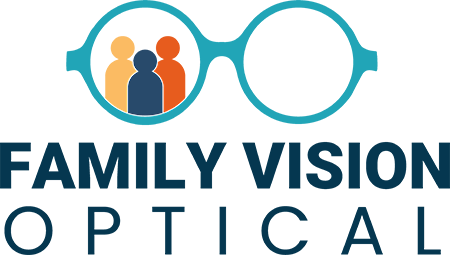Ocular Surface Optimization

What Is Ocular Surface Optimization?
The human body is the best at healing itself, and many techniques in modern medicine try to recreate the body’s ability to grow cells and heal existing damage. Ocular surface optimization is how we help get your body to do what it does best: fix itself.
For example, if the nerves on the cornea’s surface are damaged, they may tell the eyelids to blink less, leading to dry eyes and compounding symptoms that make your existing condition worse. Our team can prevent damage and help the eye restore functionality, so you can see clearly and comfortably again in no time!
What Makes Amniotic Membranes Effective?
The ocular surface is the foundation for all vision. If the surface is irritated, inflamed, or suffering another issue, eye surface-related treatments — cataract surgeries, glaucoma treatments, you name it — will be less effective.
This makes sense when you think about it. After all, you can’t sand drywall and immediately add paint without washing off the dust first, otherwise the paint film peels. For similar (but much more complicated!) reasons, it’s important to treat eye conditions before operating on the eye — it improves post-operative results and your overall satisfaction. Ocular surface optimization and regular eye exams can help prevent issues, including:

Eye Lens Measurement Mistakes
Certain lenses and implants — especially intraocular lenses, or IOLs — require precise measurements. A small error can lead to one of many problems: incorrect lens power, misaligned toric lens, or the surgeon implanting the wrong lens type.

Vision Problems After Surgery
A patient with a moderate to severe Ocular Surface Disease Index (OSDI) score can develop new visual symptoms in the postoperative period, which results in discomfort and overall dissatisfaction with the surgery.

Signs of Ocular Surface Disease
The American Society of Cataract and Refractive Surgery came up with a group for serious eye surface diseases that can hurt vision quality and clarity both before and after cataract surgery. This category helps decide if your eye disease will cause vision problems.

Reduced Retinal Image Quality
Tear film irregularities can decrease retinal image quality by 20% to 40%, leading to some lasting blur after cataract surgery. Proper tear film management can help improve overall vision quality.

Why Choose Family Vision Optical for Ocular Surface Optimization?
Cataract surgery patients benefit greatly from the use of amniotic membranes. Eyes with cataracts can typically be improved and made stronger before surgery — which provides benefits to your vision that last for the rest of your life. If you’re going through the trouble of having a cataract operation, it pays to do it right.
Dr. Lillie and our team are dedicated to protecting the sight of our fellow community members. If you have glaucoma, cataracts, or another ocular surface condition, call our office now!



